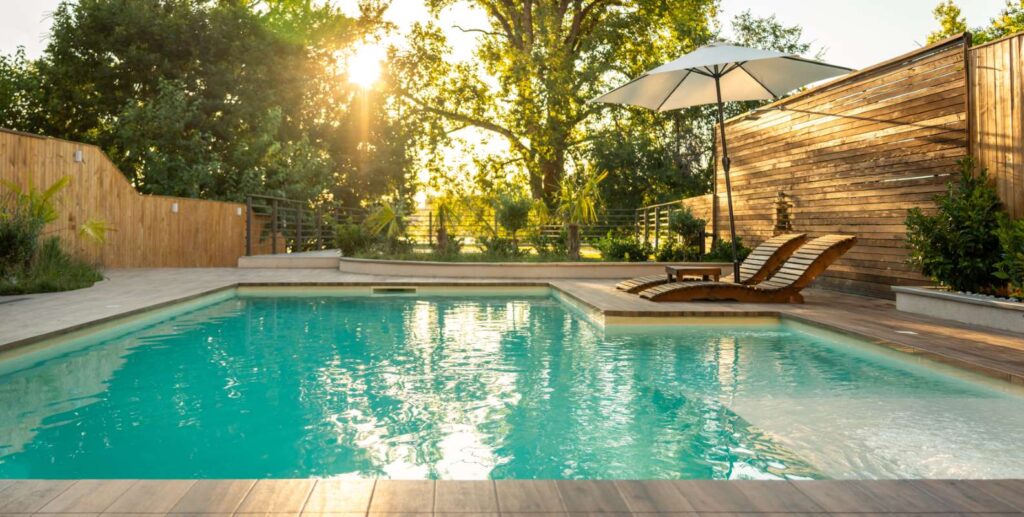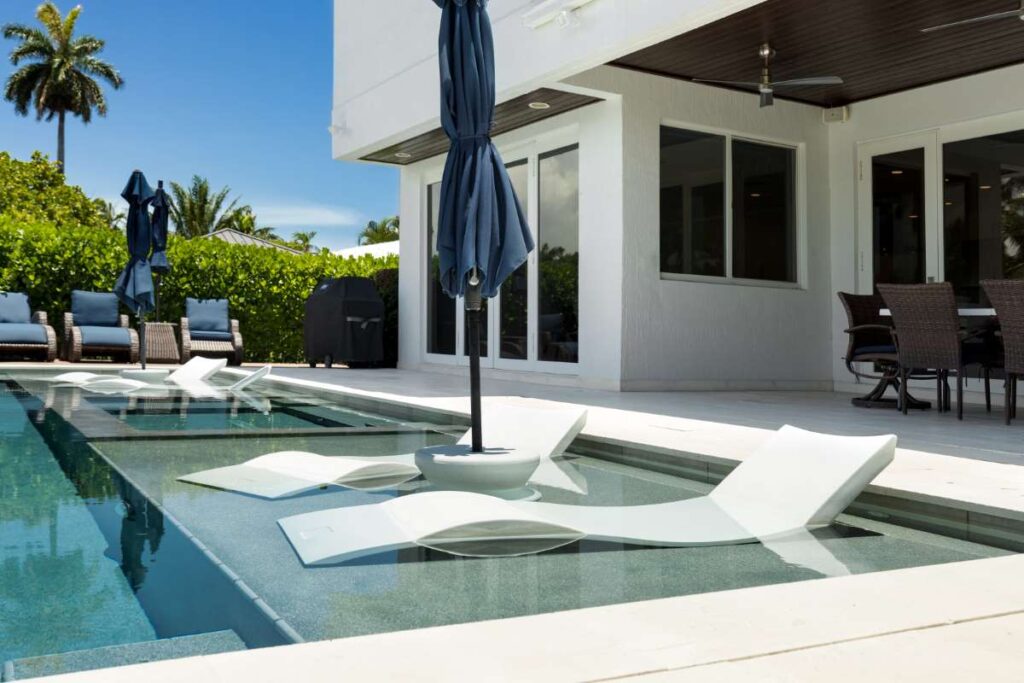The pool maintenance industry offers a variety of filtration systems, each with its own advantages and drawbacks. Understanding the difference between sand, cartridge, and DE filters is essential for pool owners to select the right system that suits their needs.
The Difference Between Sand, Cartridge, and DE Filters
When it comes to maintaining a clean and clear swimming pool, choosing the right filtration system is paramount. The three most popular types of filters used in pool maintenance are sand filters, cartridge filters, and diatomaceous earth (DE) filters. Each type has its own unique characteristics, advantages, and disadvantages. In this comprehensive guide, we will explore the differences between these filtration systems, helping you make an informed choice for your pool’s needs.
Proper filtration is a crucial aspect of pool maintenance, ensuring that water remains clean and safe for swimmers. Understanding the distinctions among sand, cartridge, and DE filters will not only aid in selecting the right system but also impact the overall efficiency and effectiveness of your pool maintenance routine. In this article, we’ll delve into how each filter works, their respective pros and cons, and ultimately provide practical tips to help you make the best decision for your pool.
Understanding Sand Filters
Sand filters are the most common type of pool filtration system, often chosen for their durability and ease of maintenance. These filters use specially graded sand as the medium to trap dirt and debris as water passes through. Once the water flows through the sand, impurities are captured, while clean water is returned to the pool.
One significant advantage of sand filters is their longevity. With proper care, they can last for several years, making them a cost-effective solution in the long run. Additionally, sand filters require less frequent cleaning compared to other filter types. Typically, they need backwashing—a process of reversing the flow of water to clean the sand—every few weeks or when the pressure gauge indicates it’s necessary.
However, sand filters are not without their drawbacks. The filtering capability is limited to particles larger than 20 microns, which means smaller debris and contaminants may pass through. This limitation can lead to cloudy water or algae growth if not closely monitored. Furthermore, sand needs to be replaced every 3 to 5 years, adding to the long-term maintenance costs.
The Case for Cartridge Filters
Cartridge filters are another popular option among pool owners, known for their ability to capture smaller particles compared to sand filters. They consist of a filter element, generally made of pleated polyester fabric, which traps debris as water flows through it. This design allows cartridge filters to capture particles as small as 10 microns, providing a higher level of clarity in the pool water.
One of the main advantages of cartridge filters is their ease of maintenance. They don’t require backwashing, making them more environmentally friendly by conserving water. Simply removing the cartridge and rinsing it off is usually sufficient to keep it clean. Additionally, the filter cartridges can last for several years, depending on usage and water conditions.
However, cartridge filters do have some downsides. They can become clogged more quickly if the pool is heavily used or if debris is not regularly removed. This necessitates more frequent cleaning or replacement of the cartridge, which can be an inconvenience. Furthermore, while they are good at filtering out smaller particles, they may require more frequent maintenance during peak usage times.
Exploring DE Filters
Diatomaceous earth (DE) filters are often regarded as the gold standard in pool filtration due to their superior ability to remove particles as small as 5 microns. These filters utilize a powder made from fossilized diatoms, which is coated onto a grid inside the filter. As water passes through the DE-coated grids, the tiny diatom particles trap impurities, resulting in exceptionally clear water.
The primary advantage of DE filters is their unparalleled filtering capability, which effectively removes dirt, algae, and even some bacteria. This makes them a popular choice for pool owners who prioritize water quality and clarity. Additionally, DE filters generally require less frequent maintenance than sand filters because they can hold more dirt before needing to be cleaned.
On the downside, DE filters can be more complicated to maintain. They require backwashing and replenishing DE powder after cleaning, which can increase costs and time spent on maintenance. Furthermore, the initial investment for a DE filter is typically higher than that of sand or cartridge filters, making them a more significant commitment upfront.
Comparing the Three Filter Types
When weighing your options between sand, cartridge, and DE filters, it’s essential to consider your specific needs and circumstances. Sand filters are best suited for those seeking a durable and low-maintenance option, while cartridge filters excel in providing superior filtration with minimal effort.
Conversely, DE filters stand out for their exceptional clarity but may require more commitment in terms of maintenance and cost. Ultimately, your choice will hinge on factors such as pool size, usage frequency, and personal preference for maintenance effort.
In addition, consider the climate in your area. If you live in a region with heavy debris accumulation, a DE or cartridge filter may suit your needs better than a sand filter. Alternatively, if you desire a straightforward and effective solution, a sand filter could be your best bet.
Practical Tips for Choosing a Filter
When selecting a filtration system, it’s essential to assess your pool’s specific requirements. Here are some practical tips to help guide your decision:
- Evaluate Pool Size: Consider the size and volume of your pool. Larger pools may benefit from the enhanced filtration capabilities of DE filters.
- Assess Usage Frequency: How often do you use your pool? Frequent use may necessitate a more robust filtration system.
- Environmental Considerations: Be mindful of your surroundings. If your pool is exposed to significant debris, a more effective filtration system might be required.
- Maintenance Commitment: Determine how much time and effort you’re willing to invest in filter maintenance.
Conclusion
Understanding the differences between sand, cartridge, and DE filters is crucial for making an informed decision on your pool’s filtration system. Each type has its unique benefits and limitations, and your choice will depend on factors such as pool size, usage, and maintenance preferences.
By evaluating your specific needs and considering the practical tips discussed, you can select the right filtration system that ensures crystal-clear water and a pleasant swimming experience. Remember, maintaining your pool is not just about aesthetics; it’s also about ensuring the safety and enjoyment of all who swim in it.
If you’re looking to simplify your journey into pool route ownership, consider reaching out to a professional. For expert guidance and assistance, contact Tower Business Brokers, Inc. today to explore available pool routes for sale in Florida and Texas.



